
Thoughts, tips, & tricks for beautiful landscapes and gardens – Newsletter for May and June
May and June are stressful months for landscape plants; it all about heat and hurricanes. It’s time to remove cool-season annuals and replace them with those adapted to heat and humidity. It is also time to prepare the landscape for hurricane season. Other garden ideas, tips, and chores for the transition to heat and summertime are the subjects of this newsletter from the Yard Doc.
Many other folks would love to read about your ideas, suggestions, and shortcuts for surviving the summer caring for Florida gardens and landscapes. Take a moment and share your brilliant thoughts, please. Add them to the comments on this post on my website at www.yard-doc.com
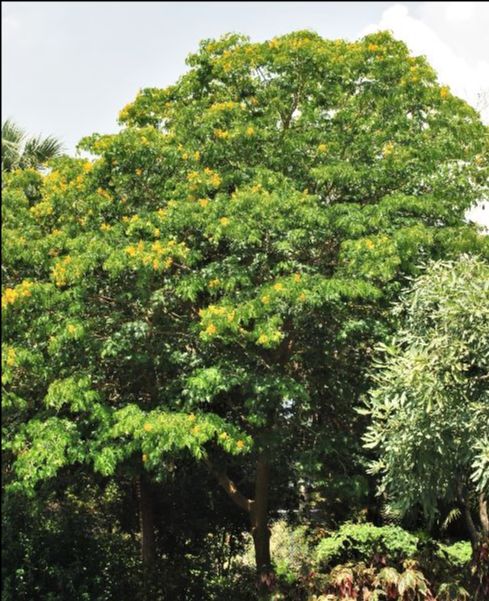
Verawood or Bulnesa arborea trees are in bloom now. It is a large, tropical, evergreen tree with a spreading to rounded form. Verawood is grown for its hard, self-lubricating wood more than its lovely flowers and neat landscape appearance. The wood is used for bushings, collars, and rollers and takes a high polish. The heartwood generally is striped or banded, and the color varies from chocolate brown to light olive green.
Bulnesia has a spreading canopy and shallow roots. It can blow over in windstorms. Prune this tree while young and regularly after that to establish and maintain better storm resistance.

For years I offered advice and guidance to gardeners and green industry through real-time education and newspaper/online columns. It’s time to change things up a bit. Check it out! I’m very excited about the opportunity for you to book virtual consults for socially-distanced help.
This monthly newsletter, which will endeavor to offer tips and advice on seasonal changes and tasks, should be another resource to help you get growing. We will take a look occasionally at new plants and new pests that come our way. New year, new yard! Let’s go!
Tips for Warm-Season Gardening in May & June
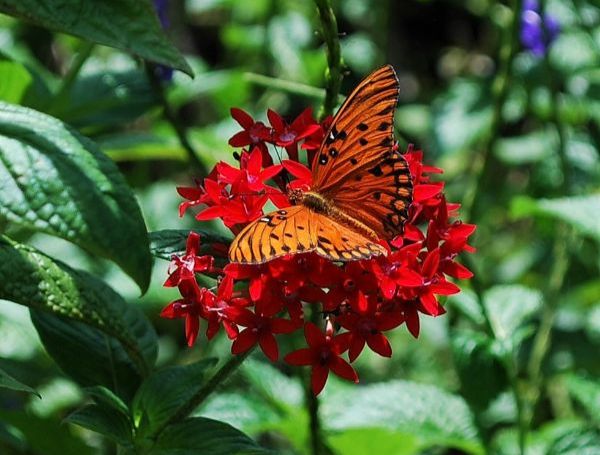
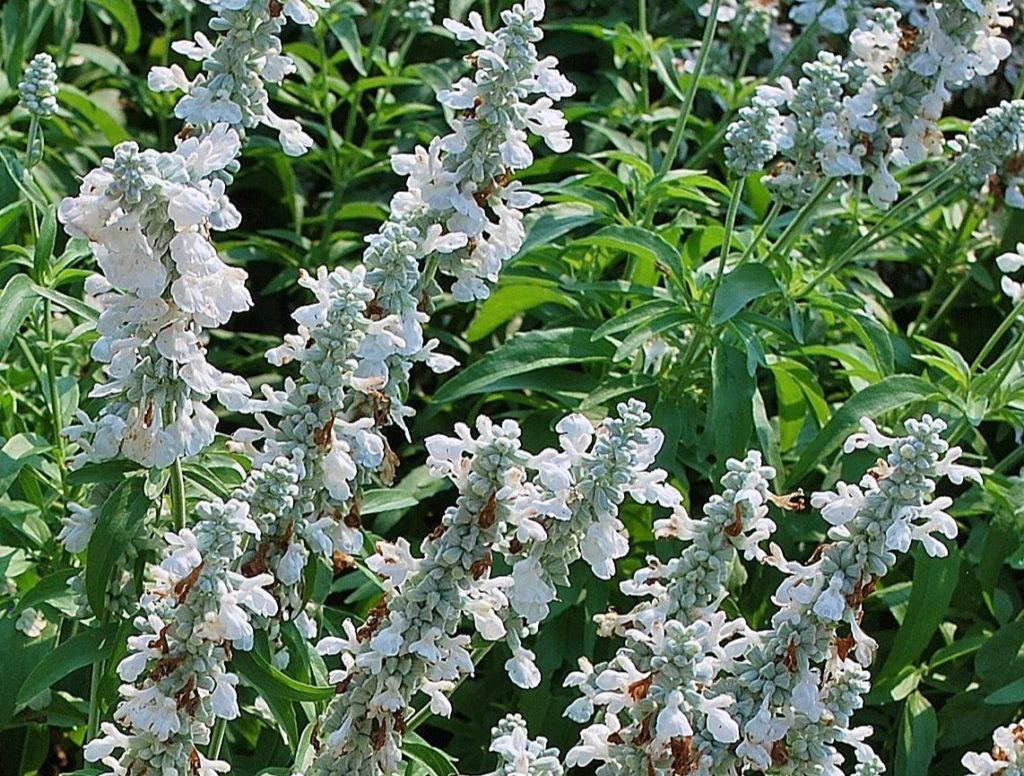
Plants for summer beds include Dragon Wing Begonias, Ornamental Amaranthus, Vinca, Celosia, Wishbone flower, Spider Flowers (Cleome), and Dahlberg daisy. Consider perennials – Caladium, Crinum, Tropical Day Lily, Gerbera, Gaillardia, Gazania, Gloriosa, Pentas, Perennial Salvia, and Shasta Daisy. Be sure to mulch well and take the time to enjoy yourself with friends and family.
Perennial Salvias or Sages are great plants for summer color in Florida gardens. Use Salvia in beds, as a border, mass plantings, and spectacular containers placed where flowers can be observed up close. The nectar-filled flowers are good for attracting butterflies and hummingbirds. Some Salvias for warm-weather gardens include Gregg’s Sage, Mexican Sage, Pineapple Sage, Salvia ‘Cherry Queen,’ and Salvia ‘Indigo Spires.’
A recent inspection of area landscapes revealed burgeoning pest populations. The new growth on hibiscus supported large to moderate aphid colonies, but many of these populations were controlled by natural enemies. Also sighted were mealybugs, thrips including Chili thrips, scale, and early signs of take-all root rot in over-fertilized and watered lawns. Take the time to inspect your space and deal with pest problems before becoming full-blown and entrenched infestations.
“The 30th day of May, 1868, is designated for the purpose of strewing with flowers or otherwise decorating the graves of comrades who died in defense of their country during the late rebellion, and whose bodies now lie in almost every city, village, and hamlet churchyard in the land… Let us, then, at the time appointed, gather around their sacred remains and garland the passionless mounds above them with choicest flowers of springtime…” –General John Logan, Memorial Day General Order No. 11, 5 May 1868
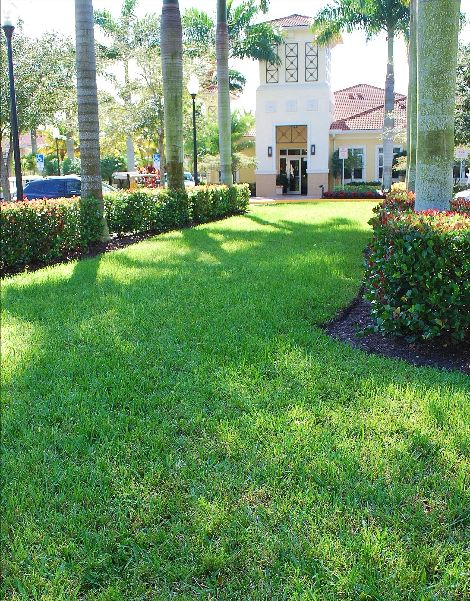
Mow correctly. This can help the grass survive drought. Mow it high – at least 4 inches for St Augustine and make sure the blades are sharp. Mowing damages the turf, and the proper cutting interval helps reduce the damage to the turf. Mow so no more than 1/3 of the blade is removed. In other words, maintain the grass at 4 inches tall and mow it when it reaches 5 inches tall.
The U.S. Consumer Product Safety Commission estimated in 1989, there were approximately 4,600 hospital emergency room-treated injuries associated with power lawn trimmers or edgers. About one-third of the injuries were to the eye. Help prevent injuries and accidents by inspecting and clearing away stones, sticks, and other debris before using edgers, string-line trimmers, saws, and lawnmowers.
Mower maintenance tip — clean the mower deck, top, and underneath regularly. Disconnect the sparkplug wire and make sure it cannot reconnect or touch the sparkplug to avoid accidental startup. Clean the deck with water and/or air. Use a scraper to remove buildup. It would be a good idea to sharpen the blade at this time.
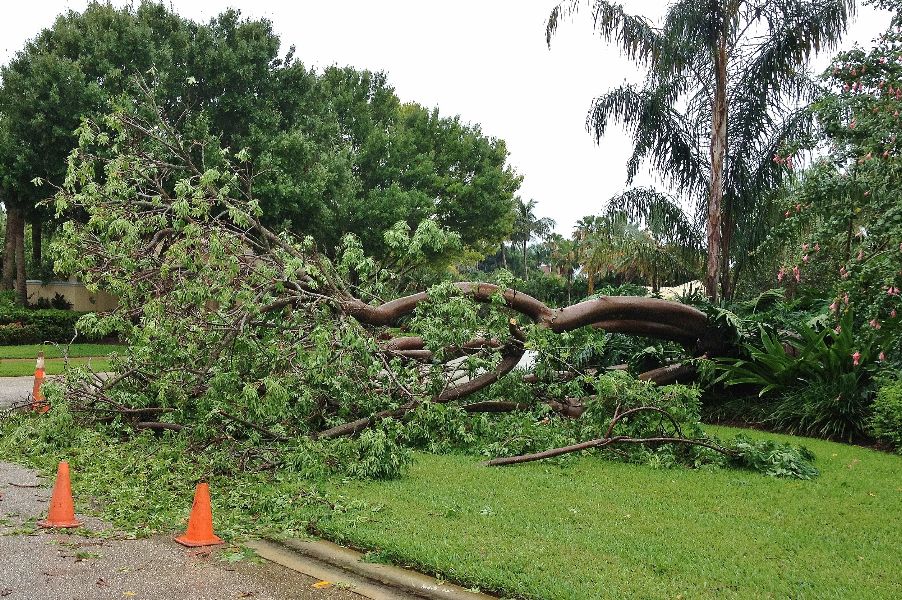
The best time to prepare the landscape for hurricane season is at planting. The simple act of planting trees in the right place is one of the most essential preparations homeowners can make for hurricane season. Choose small or medium maturing trees to plant near structures or under or near power lines. Do not plant any tree closer than 15 feet to the house.
Trees are good things. Trees cool hot parking lots through shading and heat absorption, increase property values, and tree-lined streets have been proven to have a traffic calming effect. However, when trees are planted in the wrong place, they become liabilities. Trees roots require room to grow and establish; limited and compromised tree roots are known causes of tree failure in wind events.
How much ground space does a tree need to grow? The answer depends on the mature size and shape of the tree, soil quality, location, and type of surrounding structures. However, as a general rule, trees less than 30 feet high and wide at maturity require an open area of 10 X 10 feet, medium-sized trees – less than 50 feet tall and wide require 20 X 20 feet of open space and large trees, an area 30 X 30 feet.
Some of the tree species most susceptible to wind damage and failure during high-wind events include queen palm, Washingtonia Palm, Avocado, African Tulip Tree, Peltiophorum, Water Oak, Chinese Elm, and Norfolk Island Pine.
The trees with moderately high wind resistance include Cabbage Palm, Live Oak, Spindle Palm, Hollies, Crape Myrtle, Gumbo Limbo, Thatch Palms, Satinleaf, Pigeon Plum, Mastic, Triangle Palm, Stoppers, Sea Grape, Geiger Tree, Silver Palm, and Bald Cypress.
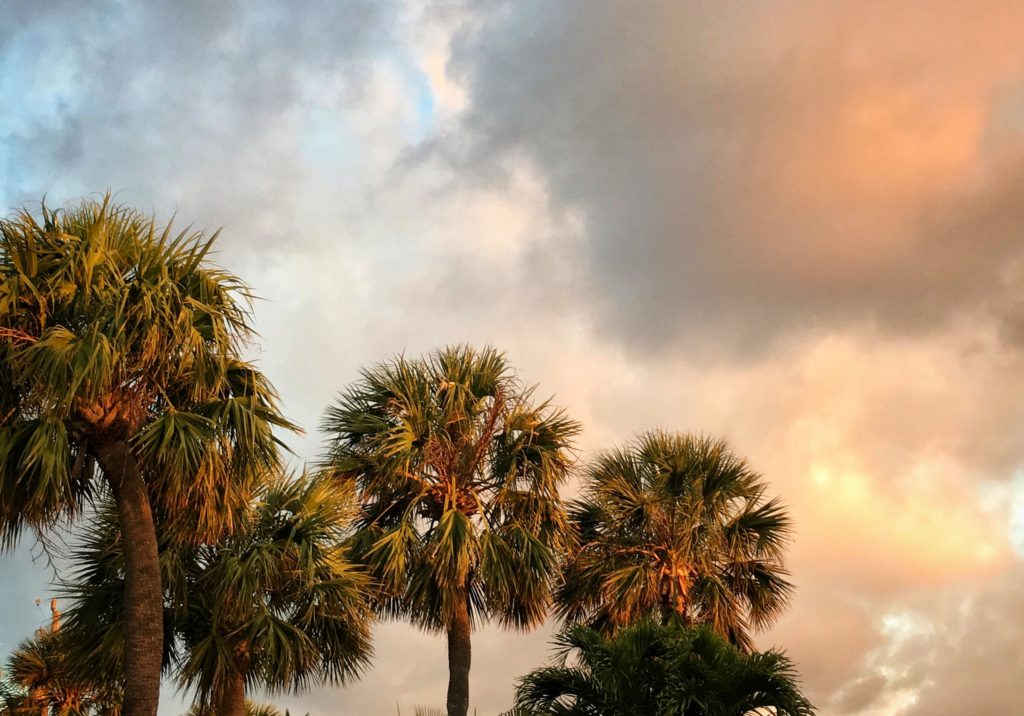
New research suggests that properly pruned trees are more resistant to bending of the trunk during high wind events. Work with a certified arborist to determine the proper formative or structural pruning for young trees and mature tree pruning for best wind resistance. Topping the tree is not an option.
Removing green leaves from a palm does not make it less likely to fail during a hurricane; it makes it more likely to fail. Cutting green leaves make a wound where diseases and insect can gain entry into the interior of the palm. It may also reduce the palm’s capacity to grow correctly and decreases the plant’s ability to resist cold and wind.
A complete, written hurricane plan for you and your loved ones is a good thing. For landscape hurricane preparation, make a list of everything moveable outside. Find the place it will be stored during hurricanes and assign a person to move it and write the plan down. This type of preparation will save confusion on who does what and where it goes when a storm is barreling down on us. Visit the Florida Department of Emergency Management’s Family Disaster.org at https://www.floridadisaster.org/planprepare/ for a guide to prepare and plan.
Be well. Garden with abandon, it’s good for you, body and soul. Plant an extra row when gardening and donate the surplus to the local food pantry, homeless kitchen, or women’s shelter when you harvest.

Until next time….

Leave a Reply